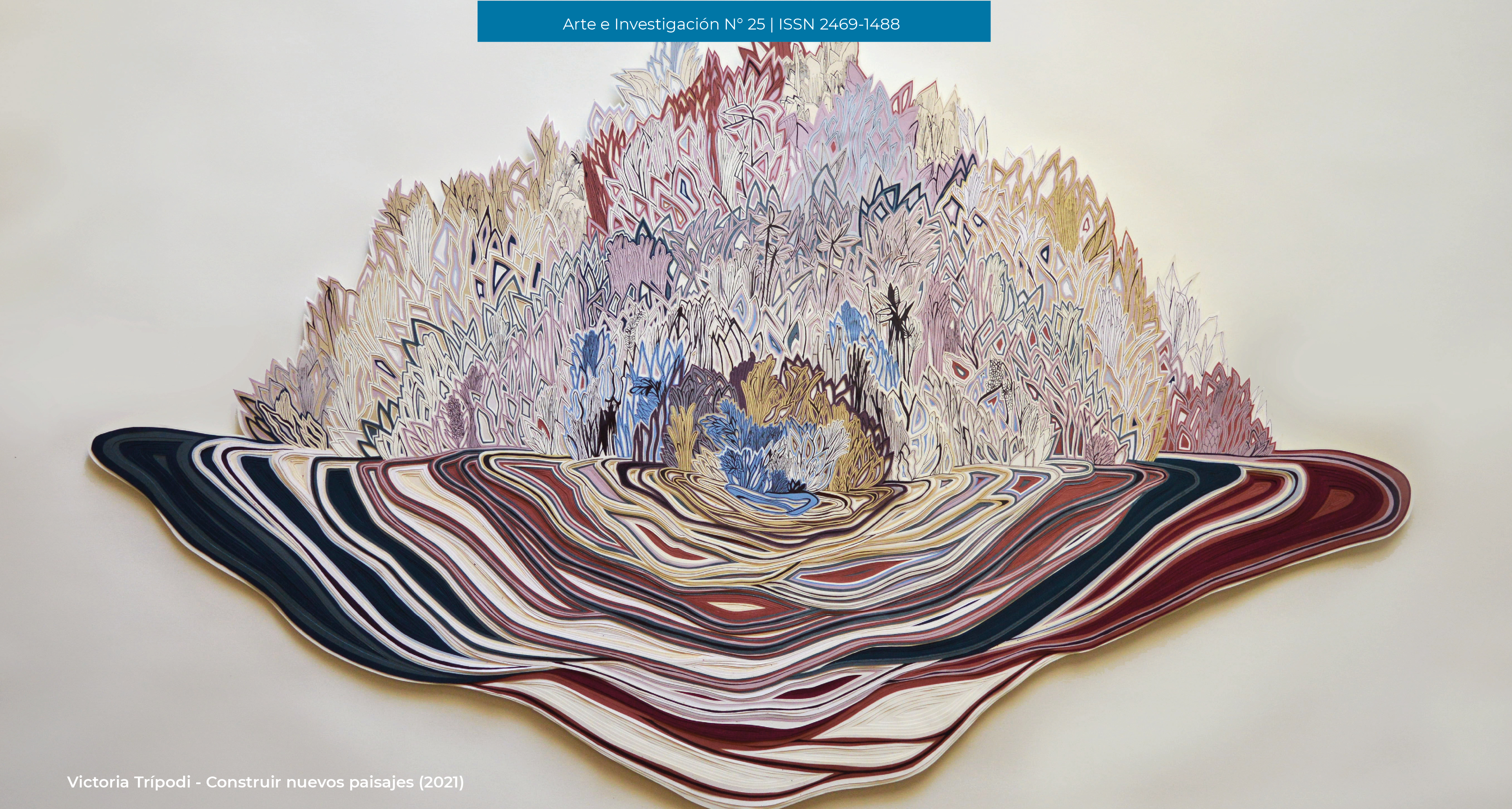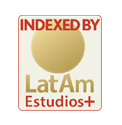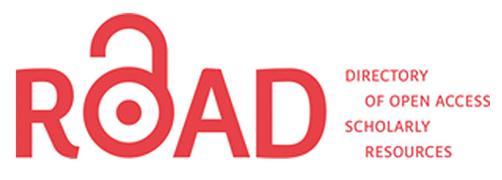Research and Methodological Development
Biographical Narrative Method in Visual Arts
DOI:
https://doi.org/10.24215/24691488e106Keywords:
Biographical narrative method, work setting, collaborative researchAbstract
This article presents research by faculty from the Department of Visual Arts at the National University of the Arts on adapting the Biographical Narrative Method (BNM) to work with one’s own visual arts creations. In the first stage, a typology of graduation theses was created with three categories based on the role the artwork plays in narrating the experience, revealing new meanings in the studied work. In the second stage, a detailed analysis was conducted with references, enriching the hermeneutic process with new interpretations of the works. In the third stage, the method’s steps were systematized through shared practice, allowing the development of interpretative skills and recognizing this hermeneutic approach as a guiding strategy through the Collaborative Research Work Environment (CRWE).Downloads
References
Alonso, C. (1968). Niños [Pintura]. Fundación Arte de las Américas. https://fadla.org/artistas/carlos-alonso/
Aisenberg, D. (2012). Libro sobre artistas. Los sentidos. Adriana Hidalgo Editorial.
Bruner, J. S. (2013). La fábrica de historias: derecho, literatura, vida. Fondo de Cultura Económica.
D’Angelo, B., D’Angelo, V., Kirzner, M. y Marchetti, O. (2020). Investigar en Arte sobre la propia obra: desarrollo de una adaptación del método biográfico narrativo (MBN) en la investigación en arte sobre la propia obra. Editorial FEDUN.
Klein, I. (2008). La Ficción de la Memoria: La narración de historias de vida. Prometeo Libros.
Kristeva, J. (2004). Poderes de la perversión: ensayo sobre Louis-Ferdinand Céline. Siglo Veintiuno Editores.
López de Nelson, E. A. (1926). En torno mío: primer libro de lectura corriente. Coni.
Luque, L. (2023). Infancias Adentro, Infancias Afuera [Trabajo final del Seminario Taller de Tesis Cátedra Betina D'Angelo]. Departamento de Artes Visuales, Universidad Nacional de las Artes, Buenos Aires, Argentina.
Nicastro, S. (2015). El espacio de la práctica: Intermediación y Terceridad. Educación, Formación e Investigación. Educación, Formación e Investigación, 1(1), s/n. https://practicasprofesionalesunsa.files.wordpress.com/2015/05/nicastro-el-espacio-de-laprc3a1ctica.pdf
Porta, L. (2010). La investigación biográfico narrativa en educación: entrevista a Antonio Bolívar. Revista de Educación, 1, pp. 201-212. https://fh.mdp.edu.ar/revistas/index.php/r_educ/article/view/14
Skliar, C. y Larrosa, J. (Eds.) (2016). Experiencia y alteridad en educación. FLACSO Argentina.
Spinoza, B. (2002). Ética, demostrada según el orden geométrico (1.ª ed.). Colihue.
Tatián, D. (2018). Spinoza, filosofía de la liberación. Scienza & Politica. Per Una Storia Delle Dottrine [Ciencia y Política. Para una historia de las doctrinas], 30(58), 115-130. https://doi.org/10.6092/issn.1825-9618/8394
Tatián, D. (2022). Spinoza y el arte. Editorial Las Cuarenta.
Downloads
Published
How to Cite
Issue
Section
License

This work is licensed under a Creative Commons Attribution-NonCommercial-ShareAlike 4.0 International License.
The acceptance of the manuscript by the magazine means the non-exclusive cession of the property rights of the authors in favour of the editor, who allows the reuse, after publication (post print), under a license Attribution-NonCommercial-NoDerivatives 4.0 International. According to these terms, the material can be copied and redistributed by any means or in any format as long as a) the author and original source of the publication are quoted (magazine and URL of the work), access to the license is provided and whether changes have been made is mentioned; and b) the material is not used for commercial purposes.
The cession of non-exclusive rights means that after the publication (post print) in Arte e Investigación the authors can publish their work in any language, means and format; in such cases it must be mentioned that the material was originally published in this magazine. Such cession also means the authorization of the authors for the work to be collected by SEDICI, the institutional archive of the National University of La Plata, and to be spread in the databases that the editorial team considers appropriate to increase the visibility of the publication and its authors.
Moreover, the magazine encourages the authors to deposit their productions in other institutional and thematic archives under the principle that offering the society the scientific and academic production without any restrictions contributes to a greater exchange of the global knowledge.


































